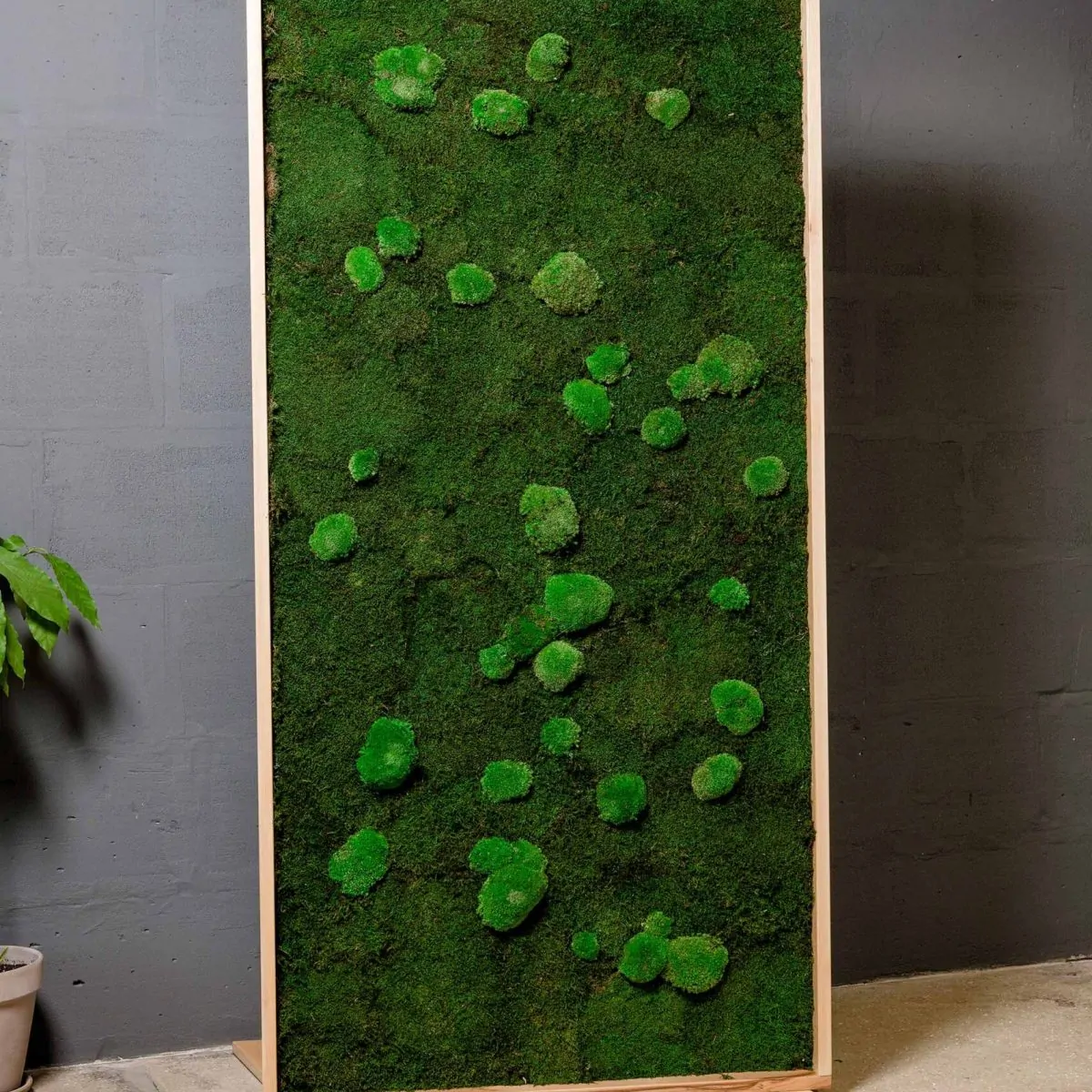![]()
![]()

 The legs of a Pembroke table have a delicate look that belies their sturdiness. They are tapered, with a simple banded inlay around each leg about 3 inches from the bottom. The banding includes a %-inch-wide dark strip— in this case, walnut—which contrasts with the mahogany. A thin strip of maple frames the walnut. On some Pembroke tables, the inlay was used to mark the transition to a second, steeper taper at the bottom of the leg. Traditionally, legs with a double taper were tapered on the two inside faces above the banding and on all four sides below it. The version shown in this chapter features a single taper on each face.
The legs of a Pembroke table have a delicate look that belies their sturdiness. They are tapered, with a simple banded inlay around each leg about 3 inches from the bottom. The banding includes a %-inch-wide dark strip— in this case, walnut—which contrasts with the mahogany. A thin strip of maple frames the walnut. On some Pembroke tables, the inlay was used to mark the transition to a second, steeper taper at the bottom of the leg. Traditionally, legs with a double taper were tapered on the two inside faces above the banding and on all four sides below it. The version shown in this chapter features a single taper on each face.
Once the side rails are assembled, they are joined to the legs with mortise – and – tenons (page 33). So, too, is the end rail, but it must first be bandsawed into a curved shape to complement the curved drawer front at the opposite end of the table (page 36). The drawer rails are fixed to the legs with twin mortise-and-tenons and dovetailed half-laps (page 34).

A fly rail holds up one of the leaves of the Pembroke table shown above. The knuckle joint that attaches the fly rail to the side rail is designed to stop pivoting once the fly rail opens to a 90° angle. A recess carved into the curved edge of the fly rail provides a convenient handhold.



Featherboard
2 Cutting the first taper
Butt the edge of the jig base with the blank against the blade and position the rip fence flush against the opposite edge of the base. To support the blank during the cut, mount two featherboards to the saw table, one on each side of the blade. Taper the first side of the blank by sliding the jig and workpiece across the table, making sure neither hand is in line with the blade (above). (Caution: Blade guard removed for clarity.)
 INSTALLING INLAY BANDING ON THE LEGS
INSTALLING INLAY BANDING ON THE LEGS
|
|
|
|
 2 Routing the dadoes
2 Routing the dadoes
Position the leg against the miter gauge extension so the bottom end is 3[1]/i6 inch to the right of the bit. To ensure all the dadoes will be aligned, butt a stop block against the end of the leg and clamp it to the extension. To cut the first dado, hold the leg flush against the extension and stop block, and feed the leg and miter gauge across the table into the bit. Turn the blank to the adjacent side and repeat to rout the remaining dadoes (left).

4Kerfing the legs for the stringing
 |
 |
 To accentuate the inlay banding on the legs, install narrow strips of wood called stringing between the banding and the leg. For maximum effect, choose a species that is lighter than the wood you have selected for the table. Using the same procedure you followed in step 2, cut slots for the stringing along the edges of the banding—but this time, with a %-inch upcut spiral straight bit in the router. Cut all the slots at the bottom edge of the banding first, then reposition the stop block to rout the remaining slots.
To accentuate the inlay banding on the legs, install narrow strips of wood called stringing between the banding and the leg. For maximum effect, choose a species that is lighter than the wood you have selected for the table. Using the same procedure you followed in step 2, cut slots for the stringing along the edges of the banding—but this time, with a %-inch upcut spiral straight bit in the router. Cut all the slots at the bottom edge of the banding first, then reposition the stop block to rout the remaining slots.



